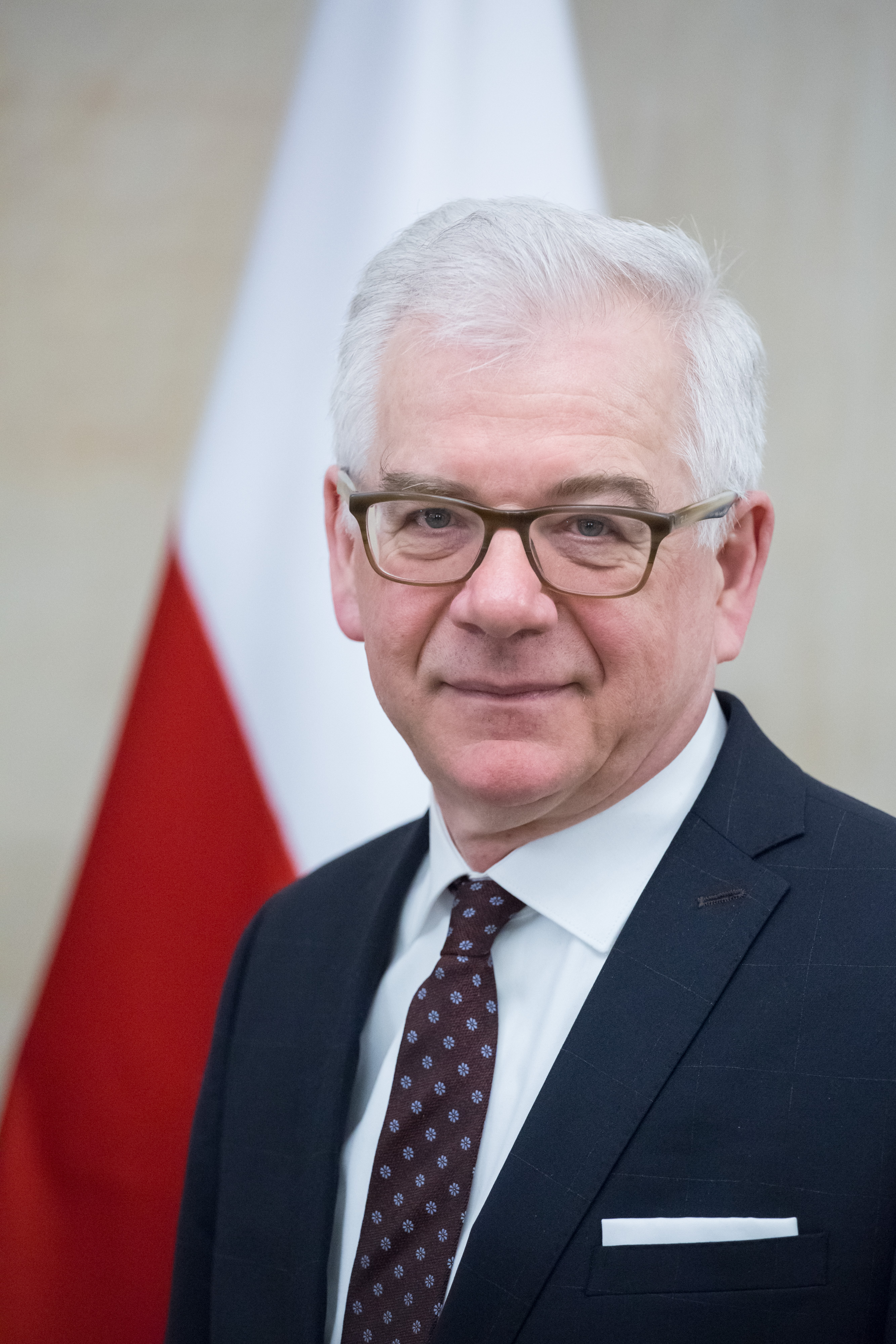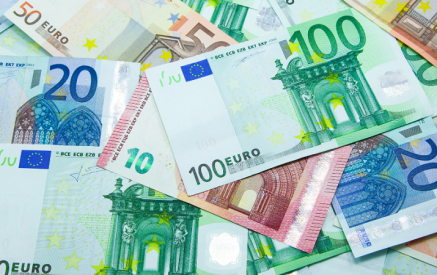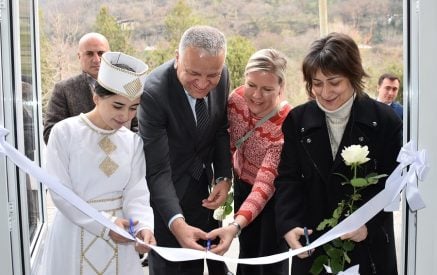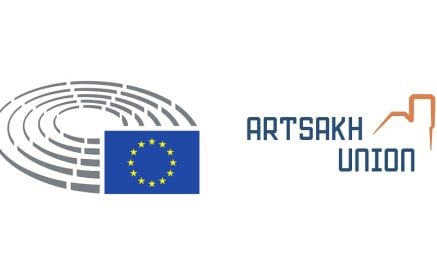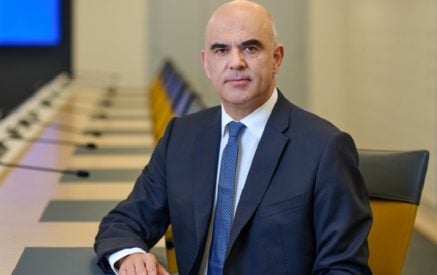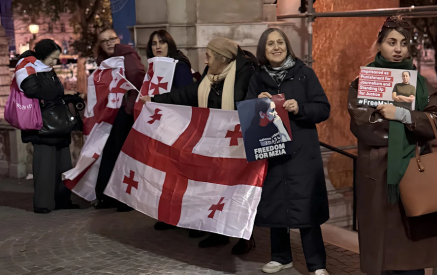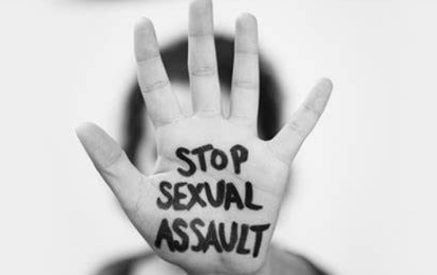2019 is special for our Union’s relations with our eastern neighbours: Armenia, Azerbaijan, Belarus, Georgia, Moldova and Ukraine.
This year we are celebrating ten years of a real and living partnership – the Eastern Partnership (EaP).
Many did not believe that this partnership would make a change in the region, but we recall the first years of the EaP with the thrill everyone felt – this belief that we are building something new and transformational.
Over the years, this partnership has gone through its share of difficulties. And still, it has not only endured – it has developed, matured and delivered beyond what we foresaw at that time.
The Eastern Partnership remains the sole comprehensive approach by the entire EU towards its eastern neighbours. Its goals and priorities are widely accepted and recognised.
It is part of a larger European Neighbourhood Policy (ENP) and represents an umbrella allowing partners to deepen their relations with the EU and discuss matters of common importance.
Today, we are confident to say that this unique partnership is one of EU’s most successful foreign policy initiatives.
It is a relationship firmly based on our common values, human rights, rule of law, democracy and good governance, and on the central principle of every country’s right to choose its own future – which the EU and her member states have unanimously and consistently defended throughout these ten years.
Political transformation is not yet beyond the point of no return and there is much to be done still.
Most citizens of EaP countries, though, share European values and a European identity, which motivate them in their efforts toward this goal.
Through the Eastern Partnership, the European Union and her eastern partners have been investing into development, security and stability in the East of Europe.
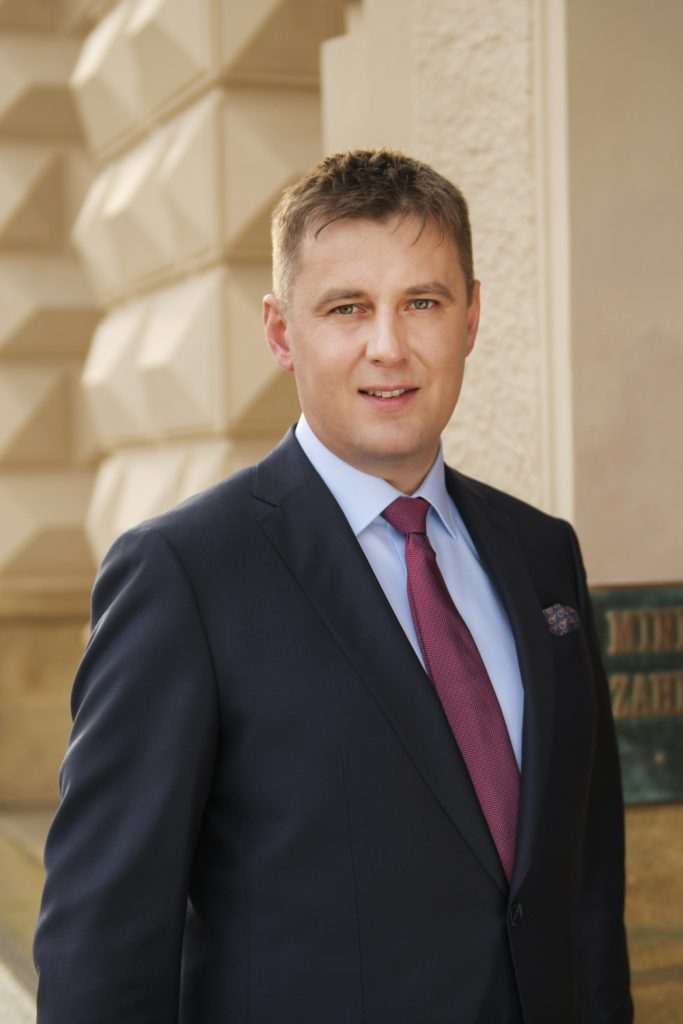
Minister of Foreign Affairs of the Czech Republic Tomas Petricek. Photo: Vojtech Vlk / MFA of the Czech Republic
What have we accomplished?
Association and free trade agreements with Georgia, Ukraine and Moldova pave the way towards reforms and provide impetus to economic, social and regional development.
They give partner economies access to the EU market of over 500 million customers and, more importantly, to a market with clear rules and quality standards.
The EU is already the biggest trade partner for five EaP countries, for Belarus the second-biggest. And trade volumes are steadily growing.
We expect that increased investment follows from increased trade.
The EU has launched an External Investment Plan, which provides entrepreneurs willing to invest with financial support, guarantees and technical assistance.
Growing the trade and investments is in our common economic interest.
To service growing trade flows, enable investment, and seal economic bonds massive investment into transport, digital and energy infrastructure are needed.
The EU has recently extended the Trans-European Transport Network (TEN-T) to EaP countries.
An investment plan of almost €13bn is being developed together with the World Bank, through which a total of 4,800 km of road and rail and six ports will be built.
In energy the EU promotes diversification, transformation, efficiency, and renewable energy.
We are working on further reduction of CO2 emissions and to set up effective national emissions monitoring.
This is important for competitiveness, greater sustainable economic development and concrete benefits for peoples’ lives.

Minister for Foreign Affairs of Sweden Margot Wallström. Photo: Kristian Pohl / Government Offices of Sweden
Roaming charges
In the digital domain we are encouraging EaP countries to harmonise roaming charges, as a first step to harmonisation with the EU roaming area.
Since 2014, more than 30,000 young people have taken part in exchanges, mobility and volunteering through Erasmus+, and the EU4Youth programme supports the employability and entrepreneurship of around 23,000 young people in partner countries.
But our partnership is much more than association agreements, free trade areas, visa free travels and skills development for young people.
It is about sustainable development and innovation. It is about resilience. It connects countries and people and covers a broad area of issues, including supporting civil society, pluralism and independent media, and ensuring gender equality and non-discrimination.
Since the outset it was recognised that one size doesn’t fit all.
Therefore, the EaP is tailor-made. Those wanting to get closer to the EU have this opportunity, adapted to their ambitions and pace.
Armenia and EU have signed an enhanced partnership and cooperation agreement.
Azerbaijan and Belarus have chosen their specific paths.
Leaders of the EU and partner countries further emphasised the importance of tailoring relations and calibrating support at the summit in Brussels 2017.
Our support to reforms is merit based, of course. Progress and political ownership is how we measure ambition.
Strong ownership of the process is therefore necessary. Partner countries must continue to take a clear responsibility for carrying out reforms.
Higher ambitions
We expect partner countries that declare higher ambitions, regardless of their contractual relation with the EU, to deliver on reforms.
More will get more in return. But we will, by the same token, respond with less for less when that is called for.
We want to use this 10 years’ anniversary to celebrate the achievements so far. But not only. This year we will also discuss whereto we are heading, and how we can get there.
Why do we still need the Eastern Partnership – why is it better for us to cooperate and to solve problems jointly?
How can we still make it attractive for partners to continue pursuing strenuous reforms on the path of Europeanisation?
We must engage in a serious and deep reflection about the future of our relations, about what we can offer each other.
The relationships with the eastern neighbours, differ from one country to another.
And yet, eastern Europe matters for the EU as a whole, as the EU matters for our eastern partners.
The Eastern Partnership works both ways; it provides for all of us to learn, adapt and influence each other.
The EaP is a transformative policy which brings Eastern Partners and their citizens closer to us EU member states – and us closer to them.
What makes Europe unique as an entity is not only politics and the economy, but also its culture.
All Eastern Partnership countries are part of the European culture. Europe’s energy and ability to adapt will depend also on its readiness and ability to benefit from the rich and various traditions of our common heritage.
We must recognise that live in the middle of an information and communication war.
So let us make this clear, there can be no doubt that we are clearly in a better place today than we would have been was it not for our joint efforts within the Eastern Partnership.
Ongoing reforms, supported by the EU, have spearheaded the modernisation of our eastern neighbours, transforming societies making them more resilient and prosperous, and improving peoples’ lives.
At 10 years of Eastern Partnership, and irrespective of outcomes of the upcoming reflection, the underlying imperative remains simple: we should renew our commitment to working with our eastern neighbours and inject new dynamism into the next decade.
Looking ahead, we need both commitment and creativity to arrive at the right formula of political engagement and ambitions.
We need to find the right tools that will keep this partnership attractive, as a driver of development and modernisation.
For this we must talk about our goals, priorities and means. Because as Europeans, inside or outside the EU, we are stronger together.
What we do today will determine our future.
Margot Wallstrom is minister of foreign affairs of Sweden, Jacek Czaputowicz is minister of foreign affairs of Poland, Tomas Petricek is minister of foreign affairs of the Czech Republic




















































